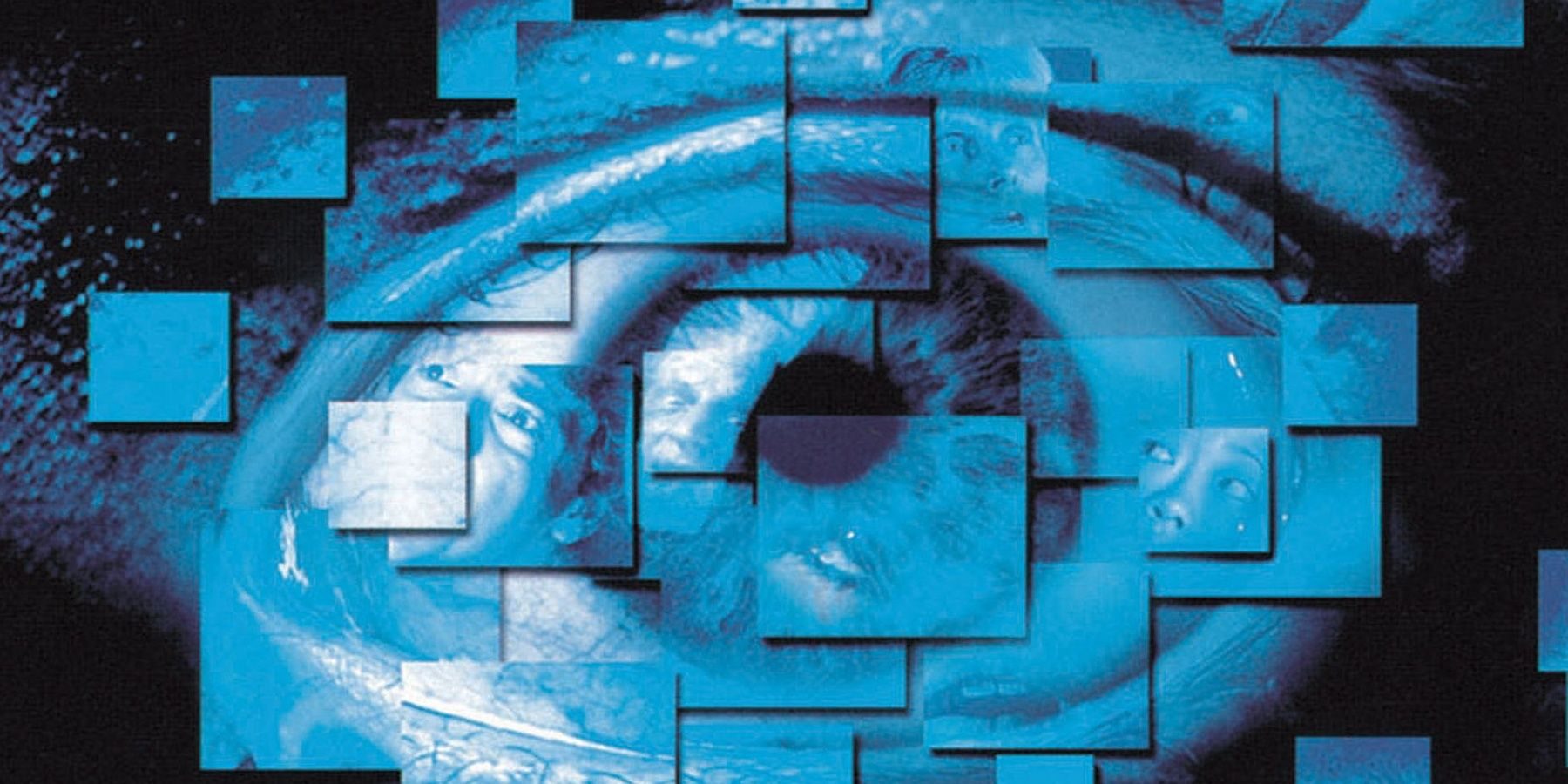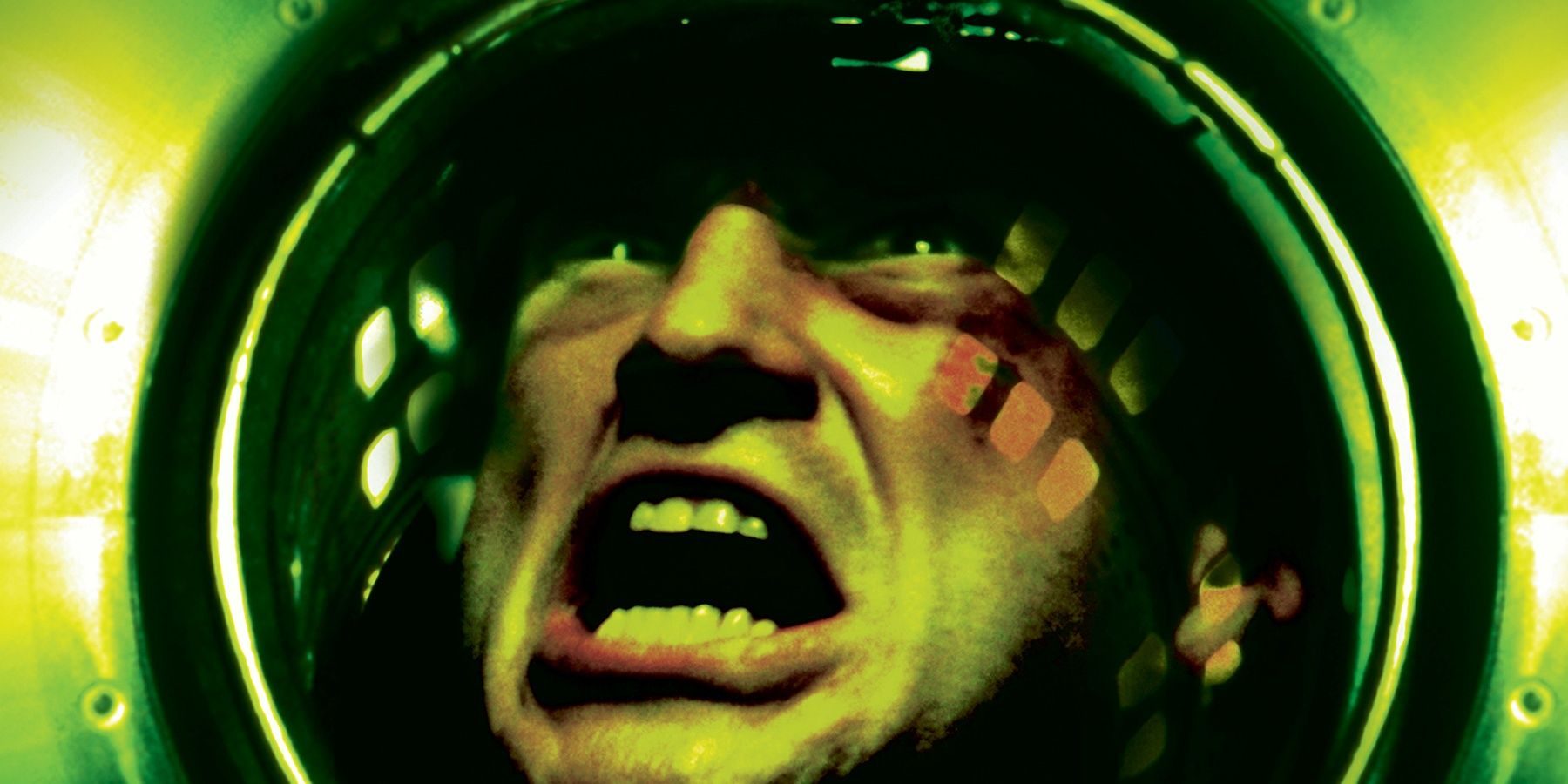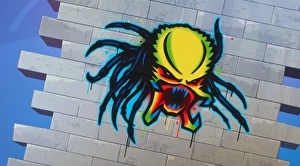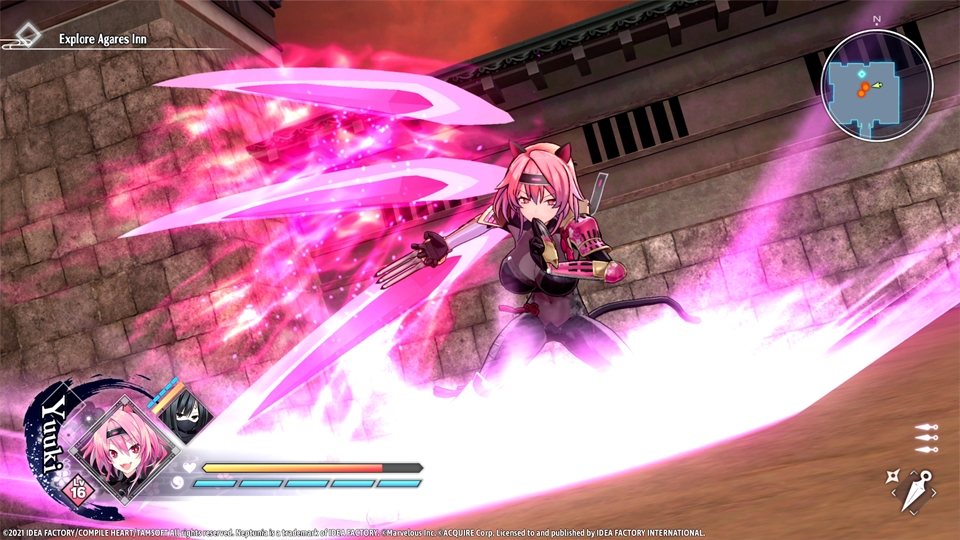Horror doesn't always age terribly well, but some hidden gems stand the test of time and reveal themselves to be way ahead of their time. One example of this phenomenon which, through clever ideas and smart execution, made a tiny budget carry a trilogy of visceral horror hits, was Cube.
Cube released in 1997, with its sequel in 2002 and the third entry in 2004, enjoying cult success but suffering diminishing returns over the series. A remake has been suggested by Lionsgate and a Japanese-produced remake is set to premiere in October of this year.
RELATED: Horror Movies To Watch If You Like Hereditary
The genius of the first Cube film is that it is at once simple and complex. A handful of strangers, possessed of unique and complementary skillsets find themselves trapped inexplicably in a Kafkaesque three-dimensional maze. The film takes place entirely within the titular cube, which is a complex superstructure packed to bursting with deadly traps. While the setup feels vaguely Saw adjacent, the result is something impressively original. The characters undergo incredible suffering, break down, find new purpose, solve bizarre problems and often turn against each other. Its unique setup blends the coldly efficient torment of industrial machines of death with the harsh peaks and valleys of emotion.

No explanation at all is given to the situation in the original Cube. The audience knows exactly as little from beginning to end as the characters within. Cube was the first full film by writer-director Vincenzo Natali, who went on to create other cult hits like 2009's Splice and 2019's Stephen King horror adaptation In the Tall Grass. The idea began life as a concept to direct a film set entirely in hell. The eponymous cube was designed by a professional mathematician, nearly every aspect of it carries complex mathematical detail. The first Cube is the perfect distillation of the concept, a tight 90-minute nightmare blending torture with puzzles to push people to their limits, but its sequel added some new ideas to the format.
Cube 2: Hypercube is a controversial sequel. On one hand, it is a masterclass on raising the stakes when it comes to the titular threat. On the other, it makes the bold decision to add context to the circumstances. Like its predecessor, the story centers around a handful of strangers trapped in a mind-bending superstructure, but somehow even more complex than the first. A hypercube, also known as a tesseract, is the fourth dimensional equivalent to the three-dimensional cube. This makes the structure even more inconceivable, and the set design upgrades from industrial to a more futuristic look. While the first cube uses threats like acid and razor wire, the hypercube has power over time and space, creating a greater threat and raising new questions.
Hypercube gradually unveils some of the mystery surrounding the unyielding torture geometry. A shadowy defense contractor begins to come into focus, characters unveil terrible secrets and the plot, while still sparse, gives a bit of context to the series. The new upgrades to the cube keep the spirit of scientific horror alive from the first film, though using less intelligent puzzles throughout. The film is better in some ways and weaker in others than its predecessor, but the final piece of the trilogy sought to dig deeper into the newfound lore.

Cube Zero is a prequel to the first film and the first in the series to feature scenes outside of the cube. This film is very different from its predecessors, splitting its time between the usual strangers trapped in cube format and a Cabin in the Woods style bureaucratic horror office. The prequel examines some of the technicians working on the cube, which resembles that of the first film rather than the hypercube. It, like Cube 2, offers some explanation as to why the specific characters wind up in the terrible box. This film suggests a totalitarian government using the cube as both corporal punishment and violent suppression of dissidents.
Cube Zero represents an interesting moment in the series; it's the first Cube to exist after the release of Saw.Torture horror had just become the next big thing in the genre. Saw would go on to release yearly every Halloween for the next several years and Eli Roth's Hostel was right around the corner. Cube should have felt right at home, but there was something different that made it difficult for the series to blend in with the other mindless gore fests. Cube featured all the gruesome deaths of its peers, but the soul of the franchise was its bizarre intelligence.
The Cube franchise pulls off a strange feat, being interesting in different ways with each entry. Cube is a hauntingly straightforward piece, anyone can jump in and be shocked by what a clever filmmaker can do with a contained horror story. Hypercube engages by lowering the veil of the first film and showing off the wild new powers of the scientific marvel. Cube Zero is a difficult story about functionaries fighting the system, and what they get for their troubles. The series is far from perfect, but they took a tiny budget and a sturdy concept and turned it into a series that deserves more fans.
A remake of the Cube franchise has been on the docket for years, currently hanging in limbo. Whether the series gets revived for a new generation, the original Cube trilogy is well worth the attention of horror fans after all these years. MORE: Watch The Terrifying Teaser For Midnight Mass From The Creator Of The Haunting Of Hill House


